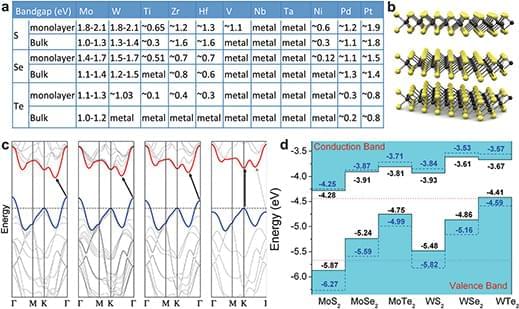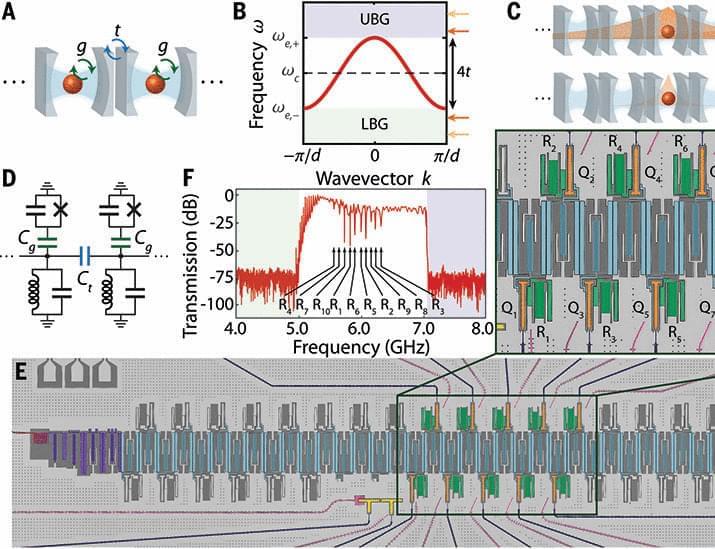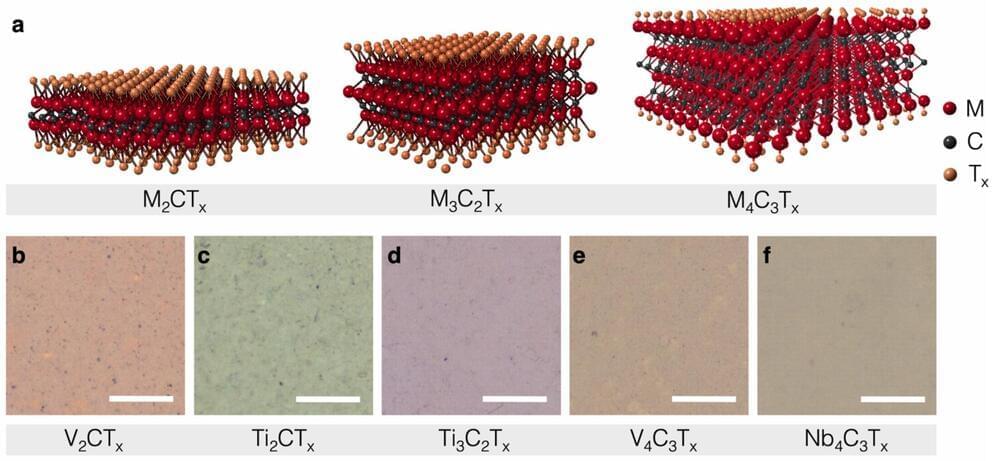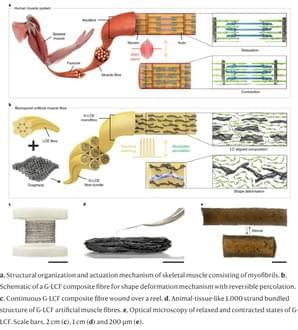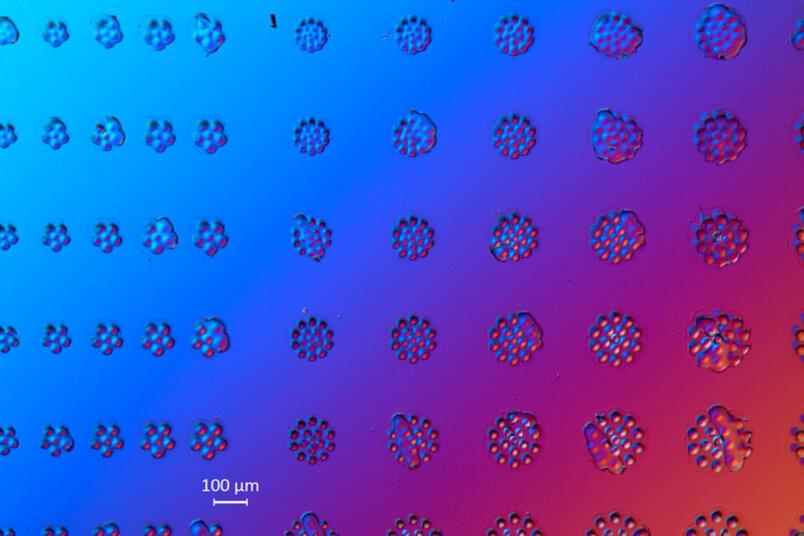
When searching for catalysts for the energy transition, materials consisting of at least five elements are considered highly promising. But there are theoretically millions of them—how do we identify the most powerful one?
A Bochum-based research team led by Professor Alfred Ludwig, head of the Materials Discovery and Interfaces Department (MDI), has succeeded in placing all possible combinations of five elements on a carrier in a single step. In addition, the researchers developed a method to analyze the electrocatalytic potential of each of the combinations in this micromaterial library in high throughput.
This is how they hope to speed up the search for potential catalysts by a considerable degree. The team from Ruhr University Bochum published its findings in the journal Advanced Materials.
